
The Social Democratic Party of Hungary is a social democratic political party in Hungary. Historically, the party was dissolved during the occupation of Hungary by Nazi Germany (1944–1945) and the communist period of Hungary from 1948 to 1989, after being forced into a merger with the Communist Party. It worked legally for a short time during the Revolution of 1956.

Hajdúdorog is a town in Hajdú-Bihar county, in the Northern Great Plain region of eastern Hungary. Hajdúdorog had a population of 8,797 in 2014, with a population density of 8,997 people per km². The city is 130 m above sea level and the district area is 100.65 km².

Hungary has had a notable cinema industry since the beginning of the 20th century, including Hungarians who affected the world of motion pictures both within and beyond the country's borders. The former could be characterized by directors István Szabó, Béla Tarr, or Miklós Jancsó; the latter by William Fox and Adolph Zukor, the founders of Fox Studios and Paramount Pictures respectively, or Alexander Korda, who played a leading role in the early period of British cinema. Examples of successful Hungarian films include Merry-go-round, Mephisto, Werckmeister Harmonies and Kontroll.
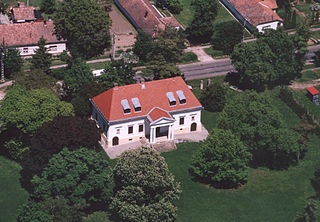
Tereske is a village in Nógrád county, Hungary.

Zoltán Latinovits was a Hungarian actor.
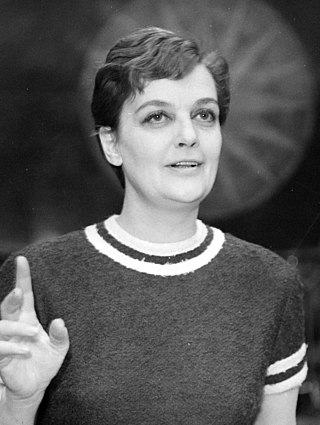
Klári Tolnay was a Hungarian actress. She received the Kossuth Prize in 1951 and 1952.
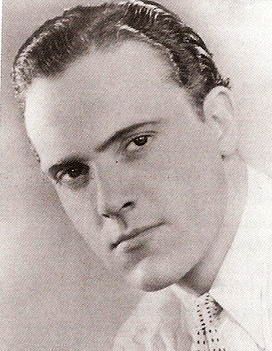
Sándor Szabó was a Hungarian actor. He appeared in 80 films and television shows between 1935 and 1997.
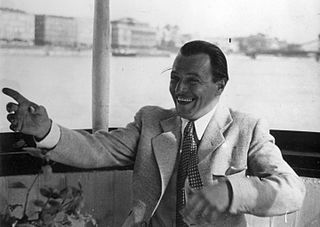
Pál Jávor was a Hungarian actor, and the country's first male movie star.
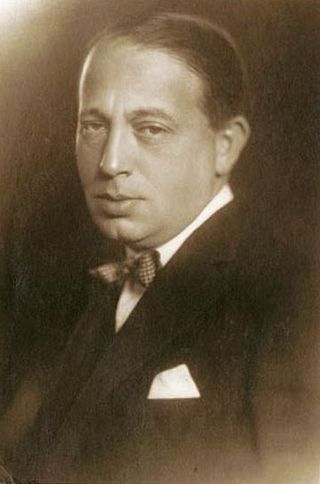
Gyula Gózon was a Hungarian actor and comedian.
Gábor Vékony was a Hungarian historian, archaeologist and linguist, associate professor at Faculty of Humanities of the Eötvös Loránd University, Candidate of Sciences in History. He was an expert of the rovás scripts and a researcher of Hungarian prehistory.
The National Assembly of Soviets was the legislature of the Hungarian Soviet Republic. When the Soviet republic was overthrown in Hungary in August 1919, the Soviet Assembly was replaced by a unicameral parliament. The National Assembly of Soviets met only once between 14 and 23 June 1919. The assembly was initially made up of Bela Kun's communist Party of Communists in Hungary (KMP) and the social-democratic MSZDP, but the social-democrats abandoned the Assembly shortly after it formed.
The history of Hungarian animation begins in 1914 and carries through to the modern day. Starting with short promotional cartoons prior to the two World Wars, Hungarian animation underwent a sporadic and halting development during the turbulent war years which were characterized in large part by the emigration of much of the field's top talent. This exodus slowed dramatically during the 1950s when the Hungarian Communist Party took power and the Iron Curtain took shape.
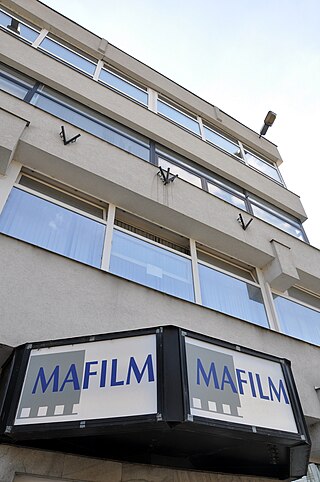
Mafilm was established in 1948. It has been the largest and most significant film studio in Hungary and a strategic base for the Hungarian film industry. Mafilm's history has lived days of glory, just as it has survived severe deaths. The roots of its birth go back to Kolozsvár, and his ancestors included Europe's third-largest silent film factory. Ever since Korda Sándor founded the predecessor of Mafilm, film production has been going on here without stopping. The importance of the place is also enhanced by the fact that there are almost no Hungarian filmmakers who have not learned the basics of film profession here. Mafilm's history with its predecessors covers more than 100 years of the history of Hungarian film history.

Sándor Pethes was a Hungarian actor.

The Corvin Film Studio established in 1916, was the largest film production company in Hungary, while the third-largest film company in Europe in the era of silent film. Their films were characterized by a high standard of literature and excellent artistic preparation.
Hungarian pop is the pop music scene of Hungary. It is often associated with Rezső Seress's song "Gloomy Sunday" which was covered by numerous artists. The most notable artists include Zsuzsa Cserháti, Kati Kovács, Zsuzsa Koncz, Judith Szűcs, Péter Máté, Locomotiv GT, Omega, Neoton Família, Karthago, Jimmy Zámbó. Among the new talents are Kállay Saunders and Linda Király.
Ernő Gottesmann Hungarian production manager and film producer.
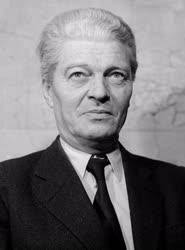
István Kniezsa was a Hungarian linguist and Slavist, corresponding (1939) and regular (1947) member of the Hungarian Academy of Sciences. He was one of the most significant figures in Hungarian language historical research in the 20th century, achieving significant scientific results in the study of place and personal names in the Carpathian Basin, in researching the medieval state and writing practice of the Hungarian language, as well as in the exploration of foreign words of Slavic origin. His major contribution was to the research of Slavic loanwords in the Hungarian language and toponymy. He was awarded by Kossuth Prize in 1953.

A Night in Venice is a 1934 Hungarian comedy film directed by Géza von Cziffra and starring Gyula Csortos, Zsuzsa Simon and, Lici Balla.
Eger-Eszterházy SzSE, currently known as QHB-Eger for sponsorship reasons, is a Hungarian handball club from Eger, that plays in the Nemzeti Bajnokság I, the top level championship in Hungary.













